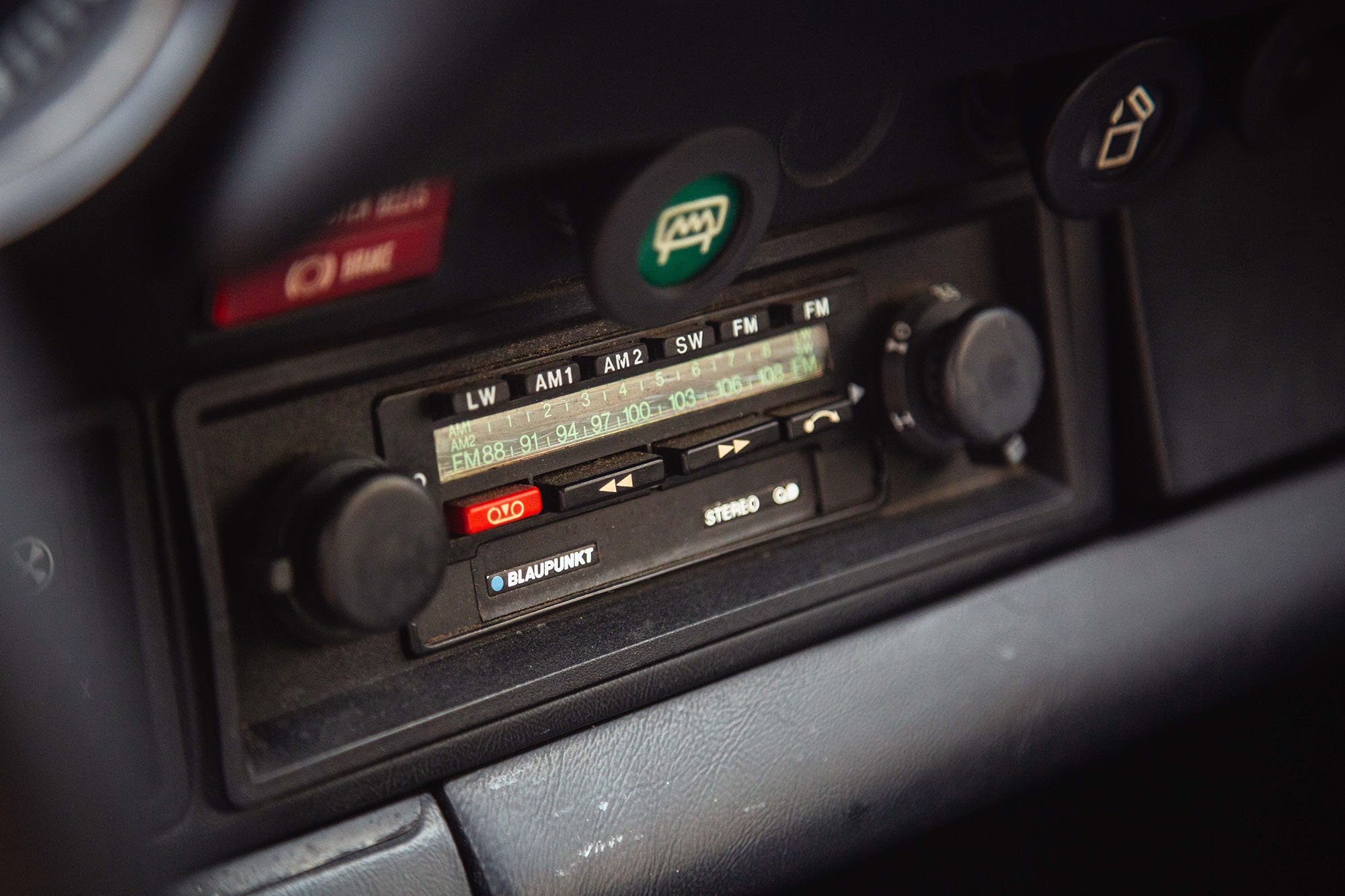Single-DIN vs. Double-DIN Radio: What's the Difference?
These terms classify the different available car stereo sizes available.
 Manuel Carrillo III | Capital One
Manuel Carrillo III | Capital One
QuickTakes:
Replacing your vehicle's stereo can seem like a daunting task. Depending on your year, make, and model, it might essentially be impossible. Newer cars with navigation, backup cameras, and infotainment systems with controls for vehicle systems — not just music — are complicated and expensive to upgrade, if they can be upgraded at all. Older cars, however, can often be equipped with a new stereo that has modern features.
Fortunately, car stereo design has been operating under a universally agreed-upon set of standards for decades, making it much easier to find a head unit that will fit both your car and your needs.
One of the acronyms you'll likely come across when researching car stereos is DIN. It's worth a closer look at what DIN is, where it comes from, and how it impacts your in-car entertainment choices.
DIN Describes the Size of a Car Radio
Those three letters — DIN — stand for Deutsches Institut für Normung, or German Institute for Standardization. The organization created an agreed-upon size standard for car stereos, so that automakers and aftermarket manufacturers could work off a shared specification regarding how much dashboard real estate they had to work with. The term DIN then became shorthand for universal car stereo sizes.
Double DIN Is Twice the Height of Single DIN
Two different DIN measurements are used to describe car stereos and infotainment systems. The first is Single-DIN, which refers to a rectangular opening in the dashboard that measures 2 inches high by 7 inches wide. Double-DIN — or 2-DIN — doubles the height to 4 inches while keeping the same width.
Note that there's no maximum or minimum depth for either DIN specification. Some newer digital media head units that lack CD or cassette players may only be a few inches deep, making them ideal for shallow installation locations.
Single-DIN Units May Be Cheaper but Have Less Less Room for Tech
Beyond the two dashboard heights, Single-DIN stereos are commonly found in older vehicles as basic in-car entertainment. These rectangular-shaped components were popular in the 1980s and 1990s when radios, tape decks, and CD players were popular.
Double-DIN stereos began to find their way into car interiors towards the end of the 1990s and early 2000s as vehicle entertainment began to morph into infotainment. As more automakers installed color displays on the center stack, the aftermarket kept pace by taking advantage of the taller 2-DIN opening to produce larger screens.
Today, the differences between Single- and Double-DIN stereos come down to cost and functionality. Single-DIN is typically more affordable. But for a few exceptions, Single-DIN units lack much of the functionality of the larger, more expensive 2-DIN systems, which deliver touchscreens and software that mimics modern automobiles, including navigation, Android Auto, and Apple CarPlay mirroring, and backup camera displays.
Some Single-DIN Apple CarPlay/Android Auto units feature a larger screen that uses the smaller opening as a perch or houses a motorized flip-out screen. When deciding on one of these designs, it's important to consider any controls or displays that the larger screen might conceal, as the center stack was originally designed to accommodate a smaller, integrated head unit.
If the screen is too large, you might block access to readouts, buttons, or dials you need for other vehicle functions, or even air vents for hot and cold air in some cars.



